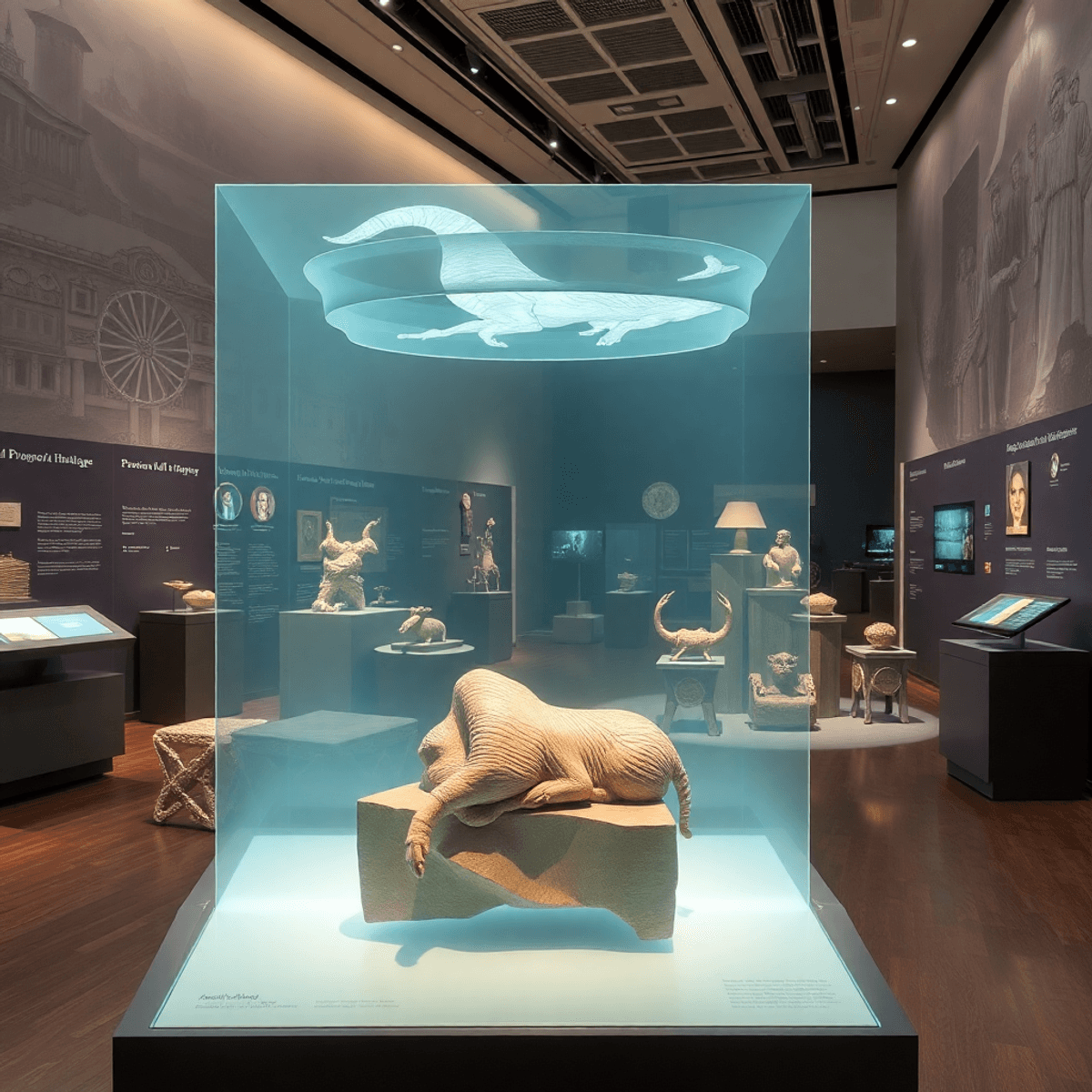
The Fish Hoek Valley Museum is launching a digital innovation initiative, inviting the community to help incorporate virtual reality into the museum experience.
This initiative aims to:
International Museum Day serves as a global platform to celebrate the vital role museums play in society. It highlights how these institutions preserve culture, educate communities, and adapt to evolving societal needs. This year, the Fish Hoek Valley Museum leverages this occasion to showcase its commitment to digital innovation.
A key partnership with Global Digital Heritage Afrika (GDHA) enables the creation of high-quality digital 3D models of artefacts and heritage sites. GDHA’s expertise in laser scanning technology captures intricate details, making it possible to preserve and share cultural treasures in new ways.
Adopting digital transformation is essential for museums striving to stay relevant in a fast-changing world. Through innovative technologies, the Fish Hoek Valley Museum reaches wider audiences and offers immersive experiences that enhance traditional exhibits. This approach not only safeguards heritage but also invites active engagement from diverse communities.
Creating detailed 3D models requires advanced laser scanners to capture the intricate details of artefacts and heritage sites. The Fish Hoek Valley Museum uses these cutting-edge technologies to preserve the historical significance of places like Peers Cave in the Cape Peninsula.
By digitally documenting these locations, the museum ensures that future generations can explore and learn about the rich cultural heritage contained within these spaces. Laser scanning not only allows for precise replication of artefacts but also helps in conserving delicate or hard-to-reach sites like Peers Cave, contributing to the overall preservation of our collective history.
The Fish Hoek Valley Museum is embracing digital innovation by incorporating VR and AR tools to enhance the museum experience. Here are some key points to consider:
User input plays a crucial role in improving VR and AR tools for educational purposes. By gathering feedback from visitors, the museum can tailor these digital experiences to meet the needs and preferences of the community.
Community volunteers are essential in testing and refining these digital features. Their hands-on involvement ensures that the VR and AR tools are user-friendly, engaging, and informative. Volunteers provide valuable insights that help in enhancing the overall museum experience through technology integration.
Virtual museum tours open new doors for accessibility, allowing visitors from anywhere to explore the Fish Hoek Valley Museum’s collections without geographic constraints. These immersive experiences transform how you engage with history, presenting artefacts and heritage sites through interactive 3D environments.
Community involvement plays a crucial role in shaping these digital initiatives. Your participation helps tailor virtual tours to be more engaging and user-friendly. By volunteering, you contribute directly to refining these tools, ensuring they meet diverse needs and learning styles.
Museum volunteer opportunities extend beyond traditional roles. Testing new digital features such as virtual tours offers a hands-on way to support the museum’s mission. Volunteers provide valuable feedback on navigation, content clarity, and educational impact. This collaborative approach strengthens the connection between the museum and its community while advancing digital innovation that enhances cultural preservation.
It is important for museums to adapt in order to stay relevant in today’s rapidly changing world. This means understanding and meeting the needs of diverse communities. By using digital innovations such as virtual reality and augmented reality tools, museums can engage visitors in new and interactive ways. This not only improves the experience for visitors but also ensures that museums remain educational and appealing to a wider audience.
Empowering local communities to actively participate in museum innovation projects is crucial. It creates a sense of ownership and pride among community members. When individuals feel connected to their local museum and have a say in its development, they are more likely to support its initiatives and spread awareness within their networks.
Community involvement benefits both museums and community members. Museums gain access to diverse perspectives and contributions, which enriches their programs and exhibits. At the same time, community members feel invested in preserving their cultural heritage for future generations. This collaboration between museums and communities is essential for creating inclusive spaces that celebrate and honor different cultures.
Volunteering at the Fish Hoek Valley Museum offers a unique opportunity to engage with technology and preserve heritage. Here are ways to get involved:
The museum welcomes volunteers of all ages to participate in testing new digital features, including virtual reality and augmented reality tools. No prior experience is required; just bring your curiosity and willingness to explore.
Explore how virtual reality can be used for preserving heritage sites like Peers Cave. By volunteering, you can contribute to innovative projects that bridge the gap between the physical and digital worlds, ensuring cultural preservation for future generations.
The Fish Hoek Valley Museum is bringing virtual reality to the museum experience in an exciting and innovative way. The museum calls on community members to help integrate virtual reality by volunteering their time and feedback. Your participation will directly influence how these digital tools evolve, making heritage preservation more engaging and accessible for everyone.
If you want to:
Reach out today at curator.fishhoekvalleymuseum@gmail.com or WhatsApp 062 576 6166. Join the movement in shaping the future of museums.

